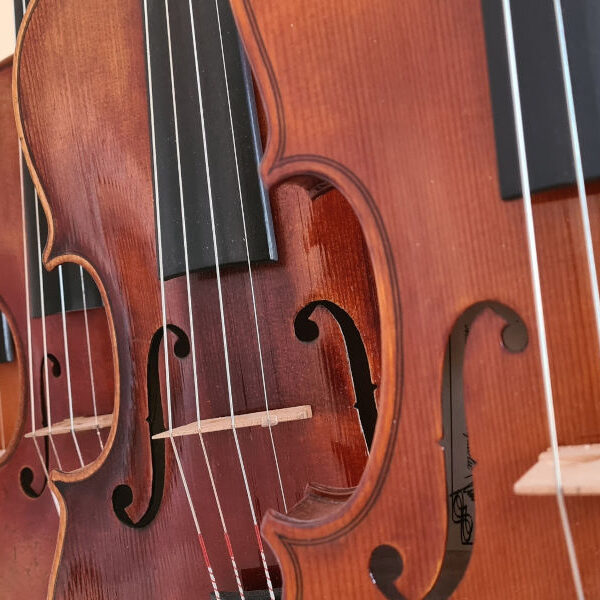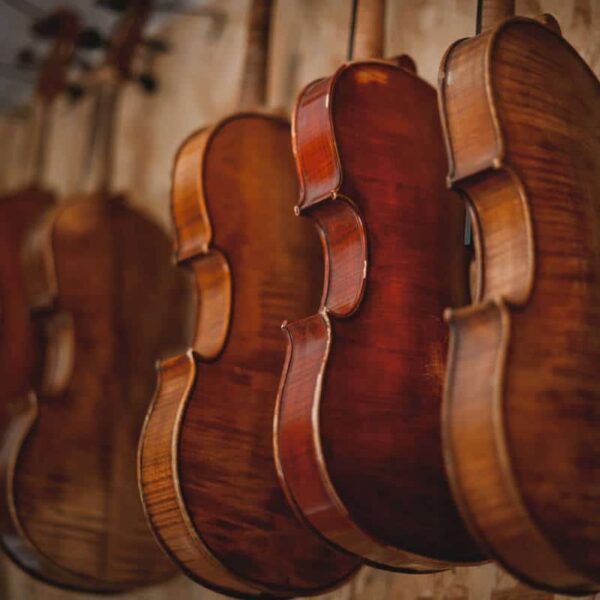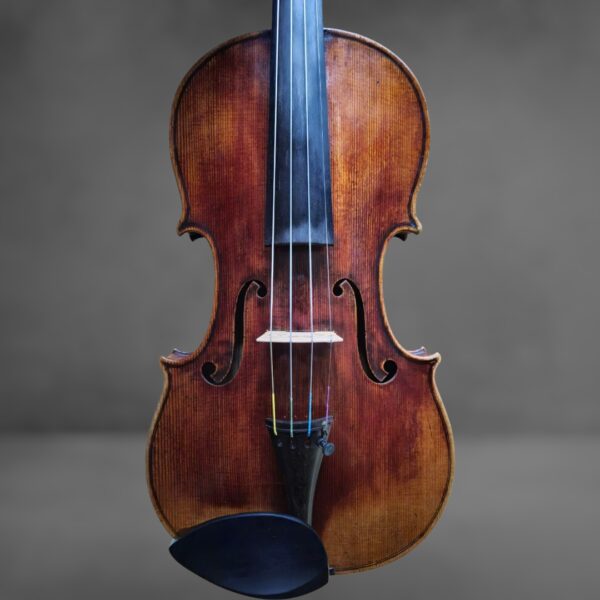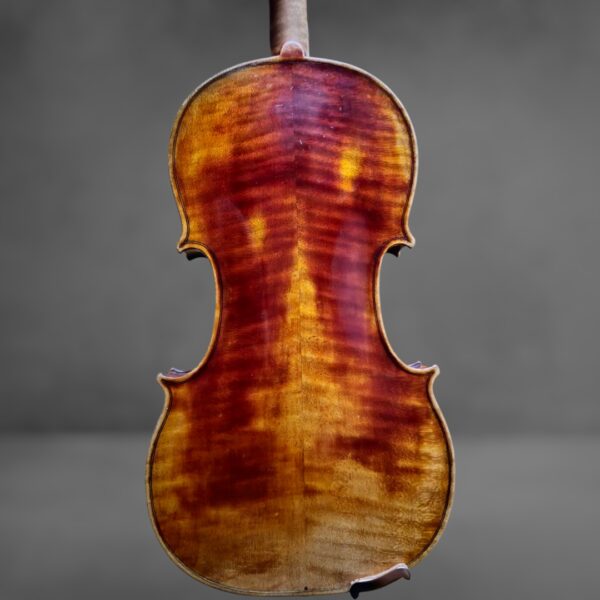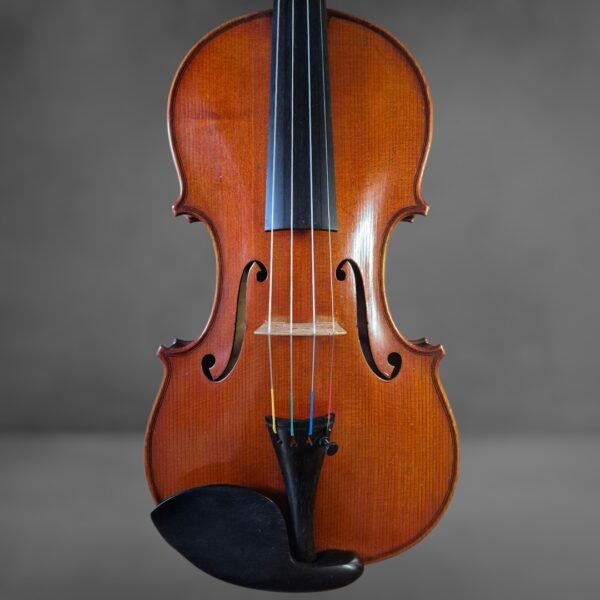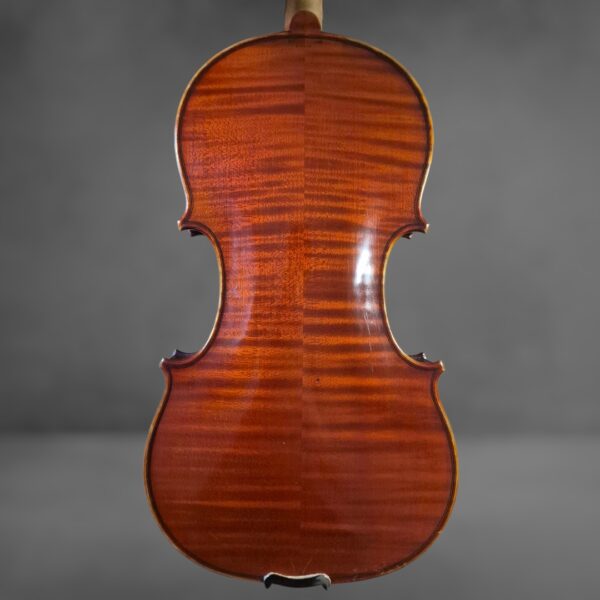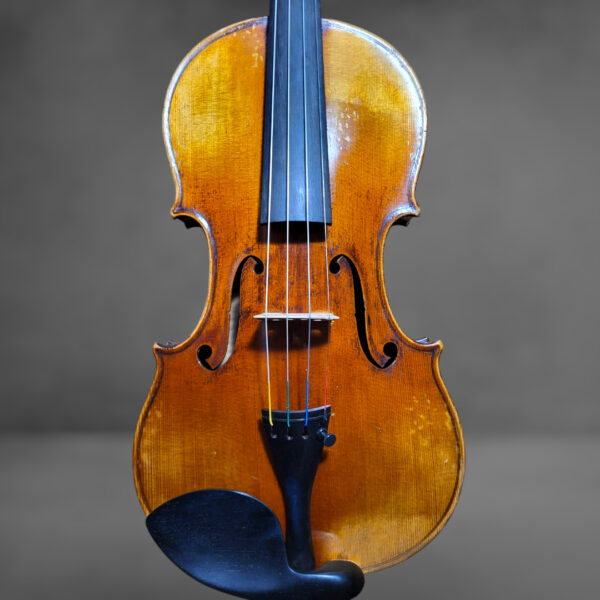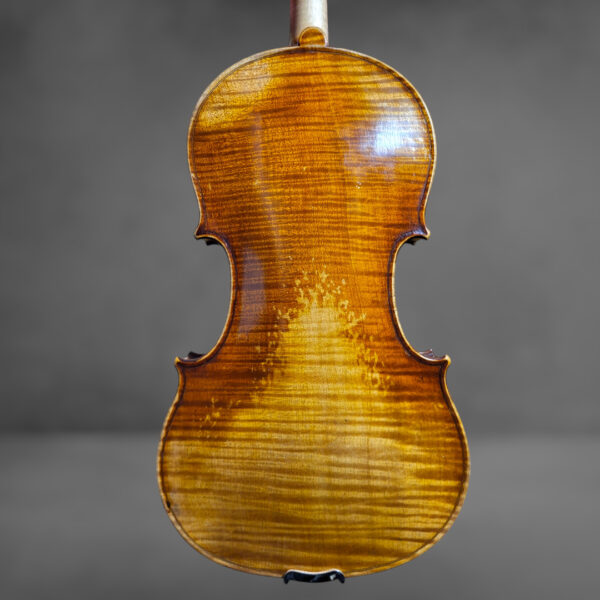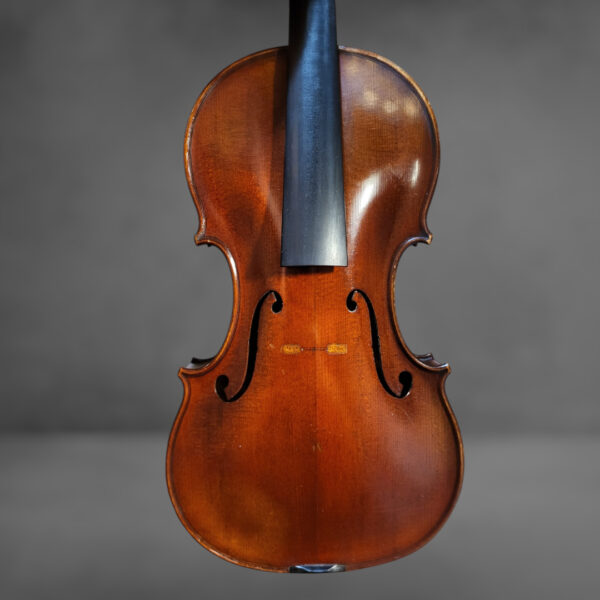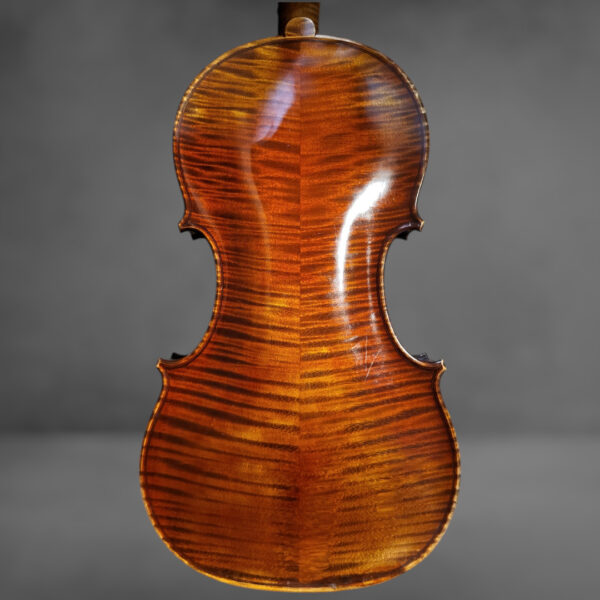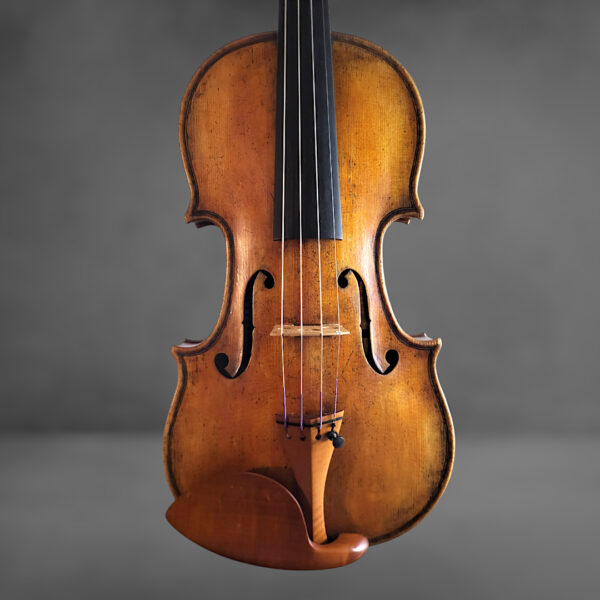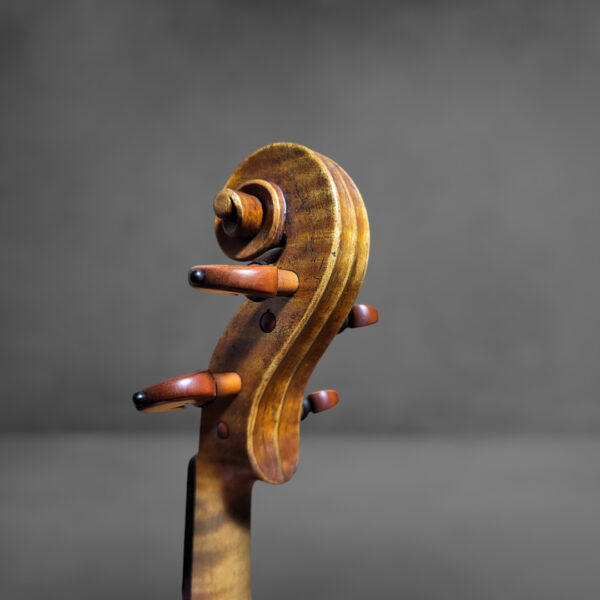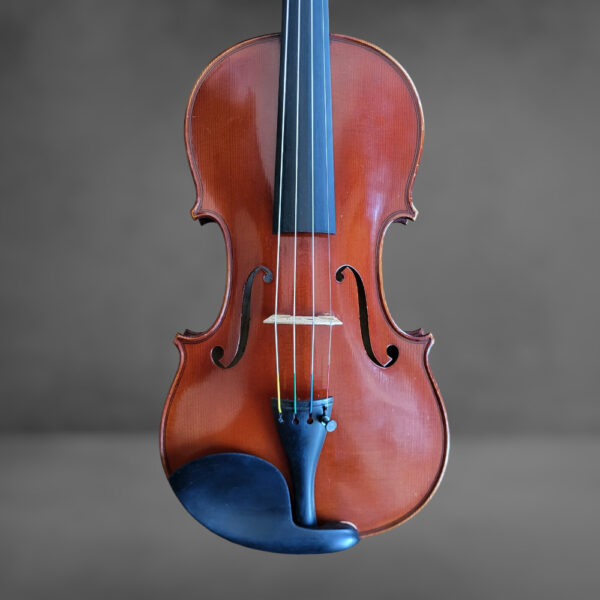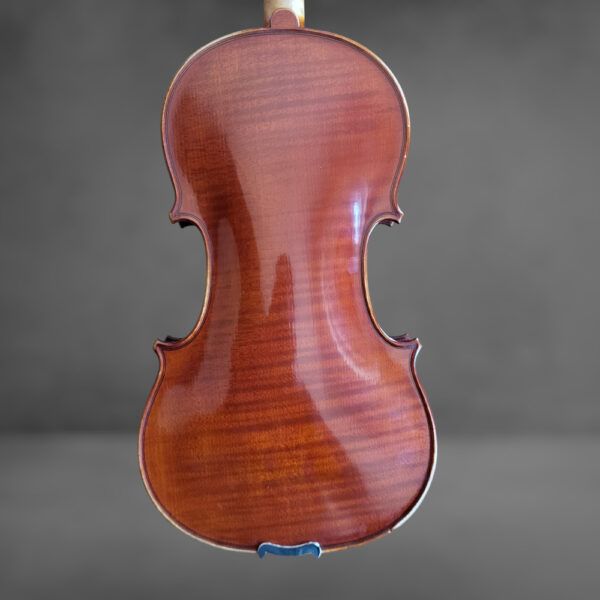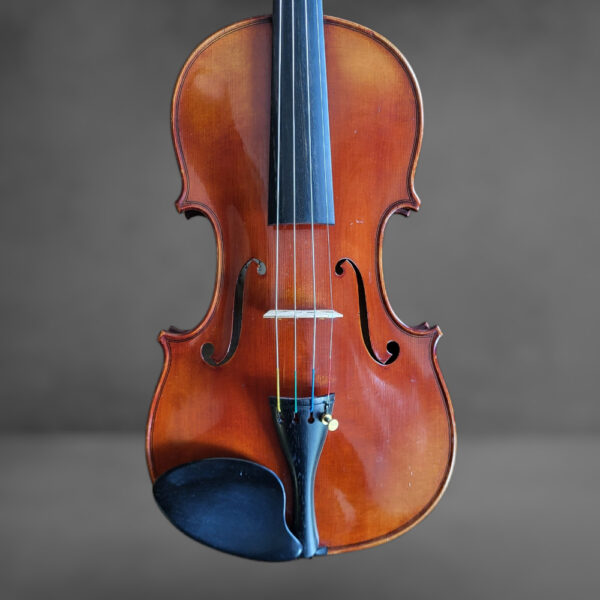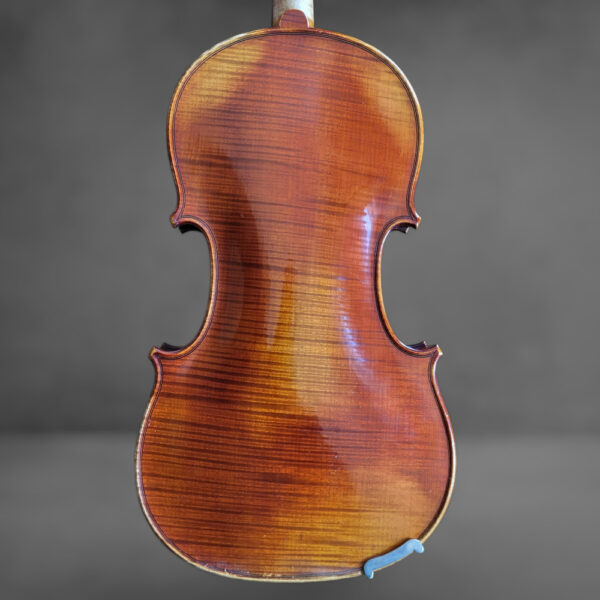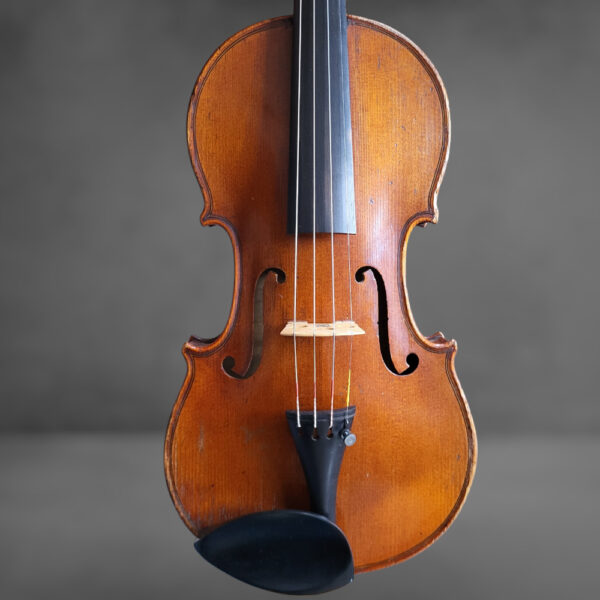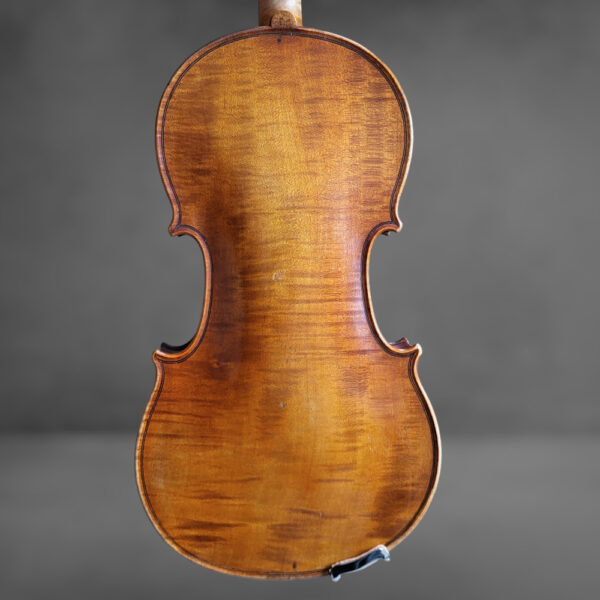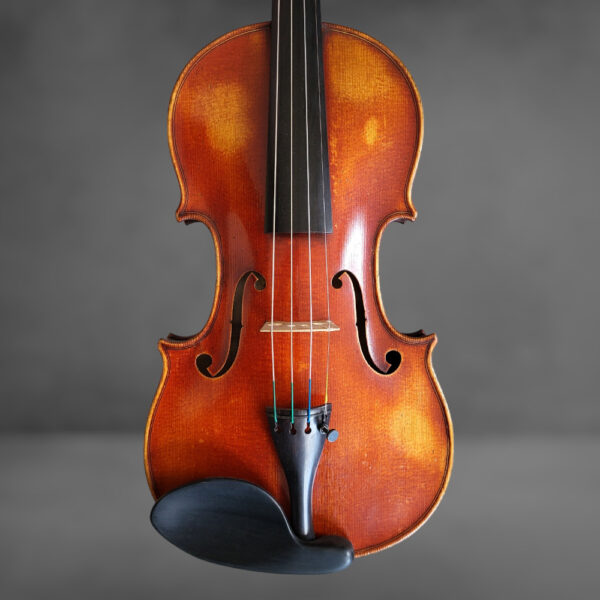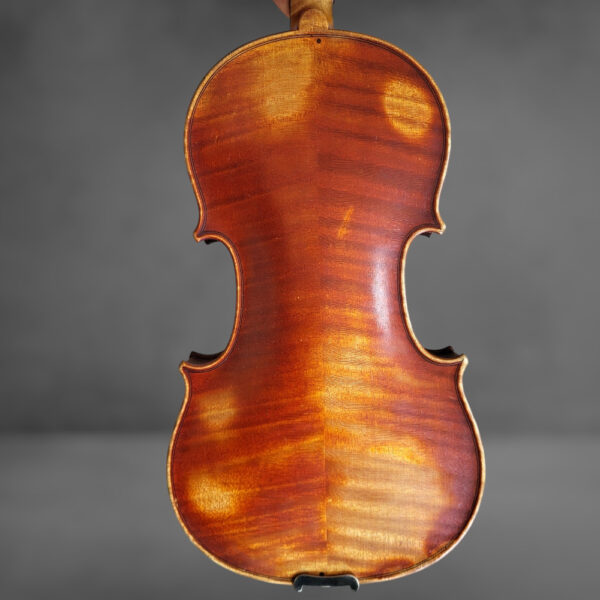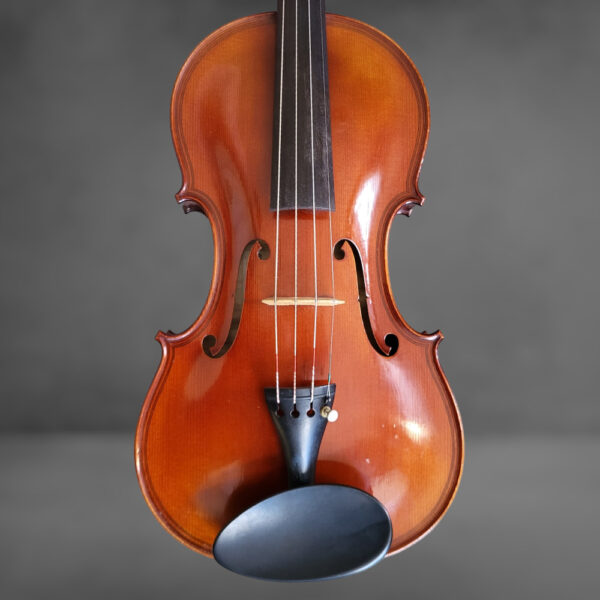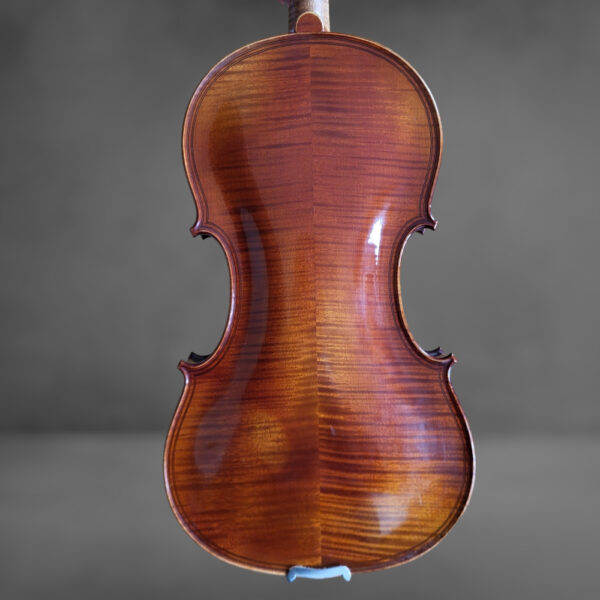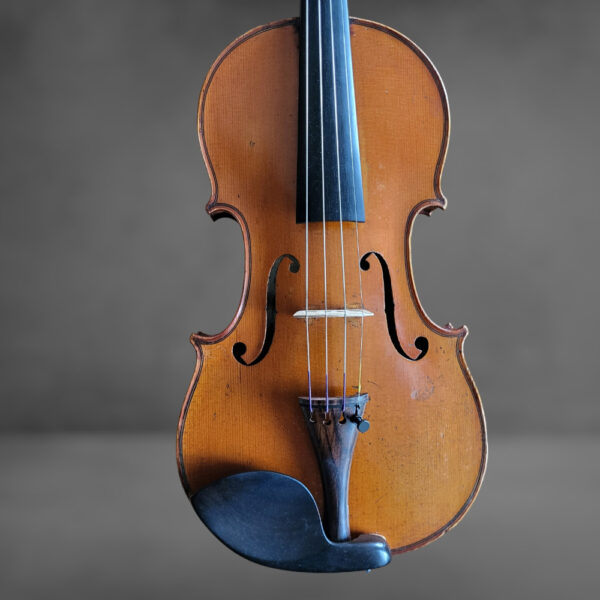11 results displayedSortedby popularity
End of content
End of content
Les Violons: A journey through time and music
Violins, string instruments revered for their beauty and versatility, have played a central role in the history of European music for centuries. Their fascinating evolution, marked by both technical innovation and stylistic change, offers us a captivating sonic journey through time and culture.
The origins of the violin
The origins of the violin date back to 16th-century Europe. Here, it developed from earlier bowed stringed instruments such as the viol and hurdy-gurdy. Early models were relatively simple, with smaller bodies and shorter necks than modern instruments. However, they already possessed the essential features that set them apart. These included four strings tuned in fifths. However, the wedges and "ffs" are also visually very distinctive.
In fact, they have evolved only very subtly over the centuries.
The golden age of Italian violin making
The 17th and 18th centuries were the golden age of Italian violin making. Renowned luthiers such as Antonio Stradivari, Guarneri del Gesù and Amati brought the art of violin making to new heights from Cremona.
Their instruments, characterized by timeless beauty and exceptional sound, are today considered priceless masterpieces.
The evolution of the violin and its popularization
Over the following centuries, the violin continued to evolve, both in terms of design and playing style. Violin makers constantly developed new shapes and proportions, while musicians pushed ever further new techniques and musical expressions.
The violin has become the essential instrument in classical music. It's even considered its king. However, it has also been adopted by other musical genres, such as jazz, folk and popular music.
Tips for choosing and buying a violin
If you want to learn to play the violin, or if you're an accomplished musician looking for a new instrument, choosing the right violin for you is an important decision. Here are a few tips to guide you:
- Define your budget : Violin prices vary considerably according to quality, age and provenance. Set a clear budget before you start your search.
- Choosing the right size : Violin size is crucial for optimum comfort and playability. Violins are generally available in sizes ranging from 1/16 to 4/4, corresponding to the length of the instrument. You can also read the blog to understand all the important points to check for comfortable playing.
- Try out different violins : Take the time to try out several violins before making your choice. Compare their sound, playability and comfort. Don't hesitate to ask a violin teacher or an experienced violin maker for advice. That's why I'd like you to meet me, so I can help you find the right instrument.
- Consider buying a student violin : If you're a beginner, a student violin can be an interesting economic option. These instruments generally offer less expensive materials and construction than their professional counterparts. Nevertheless, they offer decent sound quality for a beginner's needs and budget.
In conclusion, this is a fascinating instrument with a rich history and a promising future. Whether you're a beginning musician or a seasoned violinist, learning this magnificent instrument can bring you years of pleasure and satisfaction.
I look forward to helping you make the most of this incredible experience.

